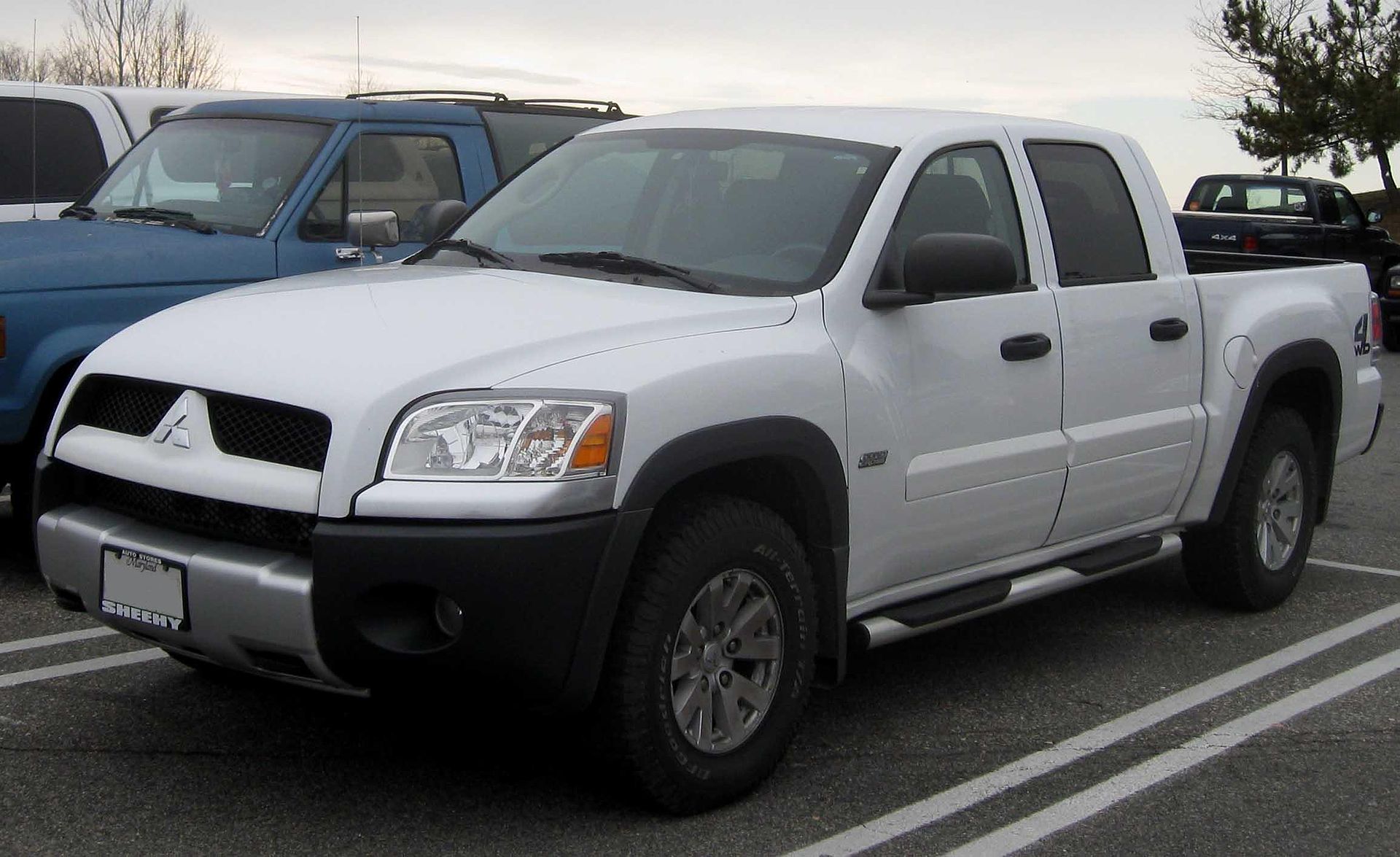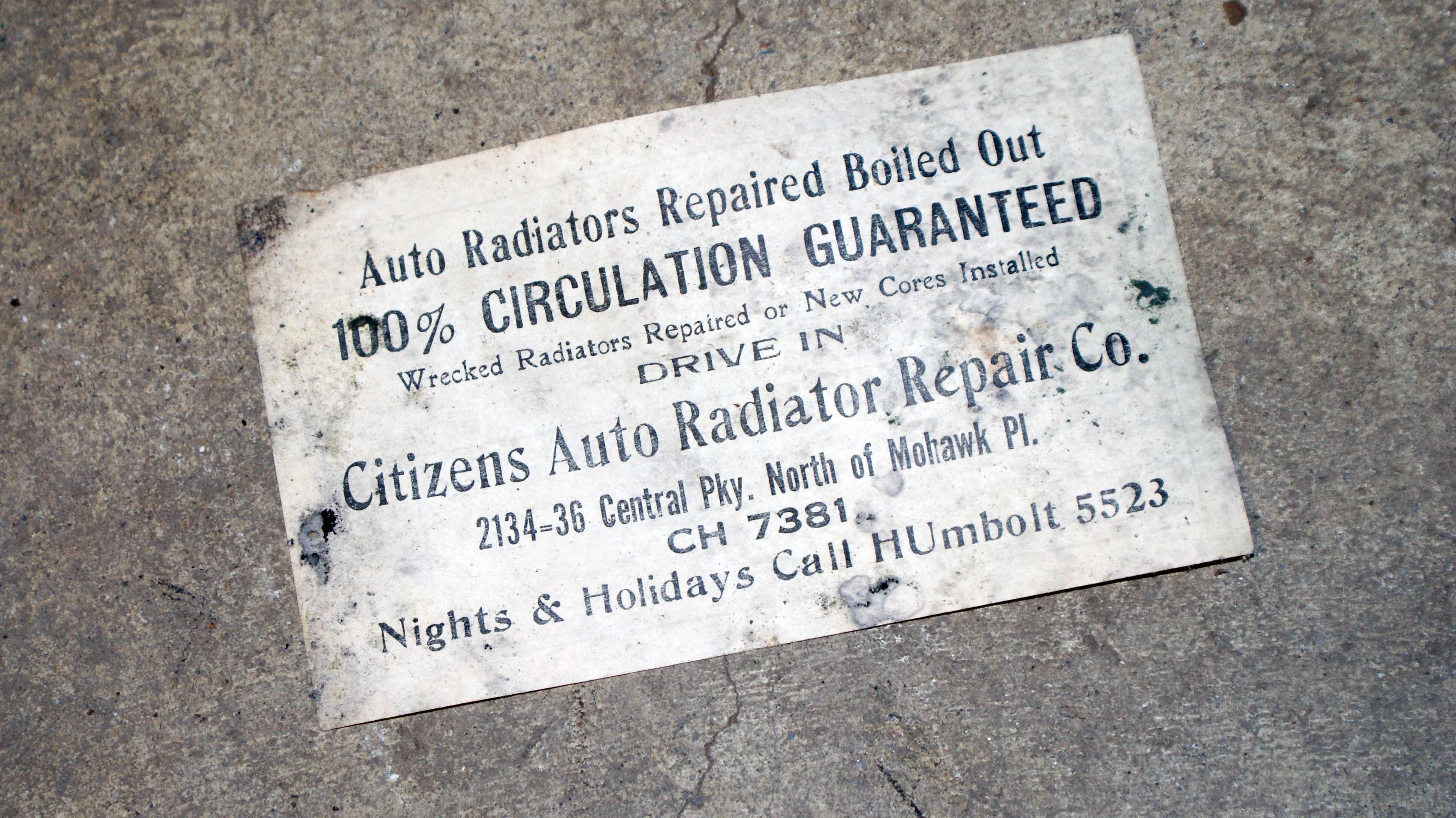There are cars that are rare, obviously. Sometimes it is intentional – Lamborghini and Ferrari want to sell a lot of cars and make a lot of money, but they have to balance that with exclusivity. If everyone drove a Ferrari, they wouldn’t be as special (but we’d be a lot happier, I would guess). Anyway, we are going to celebrate 10 cars (or trucks or SUVs) produced since the year 2000 by major manufacturers that just didn’t sell. Some were flops. Others were doomed from the start.
A few cars just missed the cut. Apologies to the final generation Saab 9-5, Lincoln Mark LT pickup, those two new Scions (the 2016-only iA and iM), Pontiac G5, PT Cruiser Convertible, and (at some point in the future) the Chevrolet SS. Here we go:
10. 2005-2009 Mitsubishi Raider

A number of Mitsubishi’s could’ve made this list. A few years ago they sold 50,000 cars in the U.S. and Ford sold half a million F-150s in the same time span. But the Dodge Dakota-based Raider is pretty rare on our roads. Over six years, they sold only 28,334 of these.
9. 2004-2005 Saab 9-2x

The Saab 9-2x was a badge-engineered version of the Subaru Impreza hatchback. The “Saabaru” was only sold for two years and only 10,346 were built. While the Subaru version is pretty common, you almost never see the Saab. Or maybe you do – they are identical other than the grille area. It’s the fancy-man’s Impreza.
8. 2002 Lincoln Blackwood

Have you ever actually seen one of these? I haven’t seen one in years. This was Ford’s fancy F-150 Crew Cab and it only lasted in the U.S. for one model year (Mexico got a second year). In total, only 3,356 were built. I guess people weren’t ready for a $52,000 pickup truck from a “soft” brand. My favorite Blackwood story is that, at the end of the 2002 model year, there was a dealership somewhere that had a deal: buy a Lincoln Blackwood, get a brand new Mercury Cougar… free. Talk about saddling dealers with some dead weight.
7. 2005-2008 Isuzu i-Series

This was basically just a copy of the Chevrolet Colorado/GMC Canyon that was already on sale in the U.S. The picture above shows a four-door version, even rarer than the heavily-discounted two-door base model (I once saw a brand new one on a dealer lot for about $8,000 back in its day). It was a slow-seller… in the first year there were only 1,377 takers. Isuzu left the U.S. shortly after.
6. 2010-2013 Acura ZDX

Uh, what is this? The shaving razor grille of Acura is on some sort of… SUV? Crossover? Tall car? Does it have four doors or two? I’ve only ever actually seen one of these… and they are relatively recent. Only 7,191 were built and sold (they sold 18,000+ NSXs). So you’re twice as likely to see an NSX than a ZDX. Think about that.
5. 2008-2012 Suzuki Equator

The pickup market is a tough nut to crack. The Equator was a Nissan Frontier-based pickup offered by Suzuki. It’s actually a decent-looking truck – better than the Nissan anyway. Canadian sales ceased in 2010 but U.S. sales soldiered on until 2012 (and Suzuki left the U.S. market not long after). Since 2009, they sold only 5,808 of these. Pretty rare.
4. 2002-2005 Lexus IS300 SportCross

Yes, I know the photo above is of the Japanese Toyota variant, but Lexus sold it as the IS300 SportCross between 2002 and 2005. While the IS300 is one of the best (the best?) car Lexus has ever built, the SportCross was a dud. Only 3,078 were built. Bentley Continental GTs are more common on our roads.
3. 2009-2010 Hummer H3T

The Hummer H3 was an SUV built between 2006 and 2010 by Hummer. The H3T was a pickup variant only available for two of those years. It was a popular concept a few years before it ever went on sale – but by the time it did the market didn’t care. Only 5,680 were made and I have never seen a single one.
2. 2011-2014 Nissan Murano CrossCabriolet

I think this easily qualifies as the most bizarre vehicle on this list. It’s probably the most bizarre vehicle produced by a major automobile manufacturer in quite some time. I’m not sure how many of these were built but I’ve only ever seen two: both driven by women in their mid-50s.
1. 2011 Saab 9-4x

Here’s the unicorn. Before General Motors kicked Saab to its knees and shot it point blank in the head, they introduced the 9-4x. It’s basically a Cadillac SRX that was produced in Mexico for its Swedish cousin. It went on sale literally right before the brand was shuttered. Only about 500 of these were made. I’ve actually seen one in my tiny hometown. But it’s easily the rarest car on here, and thus why it is #1.


















